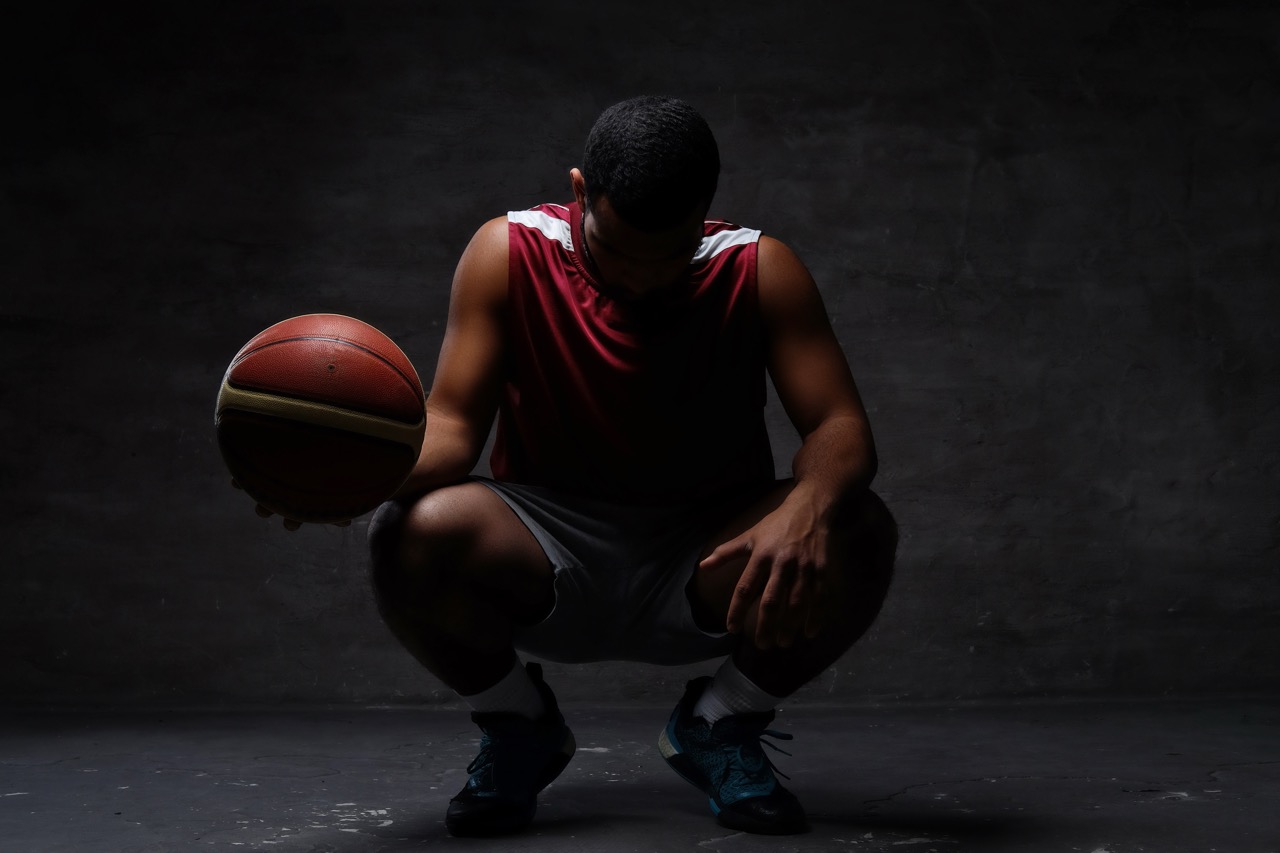High School NIL Rules Explained: What Athletes and Families Must Know
High school athletes can now earn millions before graduation, fundamentally changing amateur sports forever. Julian Lewis, a seventeen-year-old quarterback from Georgia, earned enough from NIL deals to buy multiple luxury vehicles and pay an $11,000 emergency vet bill for his beloved dog Coco. This represents a seismic shift in high school athletics that creates unprecedented opportunities alongside serious financial responsibilities.
The landscape changed dramatically after the NCAA reversed its century-old amateur policy in 2021, allowing college athletes to profit from their name, image, and likeness. While this decision didn’t directly apply to high school athletes, it created a domino effect that rendered existing high school restrictions obsolete overnight. State athletic associations quickly realized their rules had been designed to protect NCAA eligibility that no longer required amateur status.
Today, forty-four states plus Washington D.C. allow high school athletes to profit from NIL deals, creating a complex patchwork of regulations that varies dramatically by location. Only a handful of states, including Alabama and Ohio, still maintain complete bans on high school NIL activities. This geographic lottery determines whether talented athletes can capitalize on their skills or must relocate to access financial opportunities.
The Million-Dollar Market Reality
The financial potential for elite high school athletes has reached staggering levels that few anticipated. Julian Lewis, ranked as the No. 2 recruit in the 2025 ESPN 300 list, achieved an estimated $1 million NIL valuation as a high school senior according to On3, a recruiting coverage site. His success story includes major deals with brands like Under Armour, Travis Scott’s Cactus Jack clothing label, and high-end jewelry company Jaxxon.
However, Lewis’s biggest payday came from Leaf Trading Cards, a Texas-based collectibles company that specializes in bold investments in young talent. According to the agent who brokered the deal, Leaf paid Lewis “a significant six-figure deal at first-round NFL quarterback values” for autographed trading cards. This represents just one example of how creative companies are finding ways to monetize teenage athletic talent.
Most high school athletes earn far less than headline-grabbing deals like Lewis’s arrangement. According to Braly Keller from sports marketing firm Opendorse, typical commercial high school NIL deals range from $500 to $2,000 per social media post, depending on follower count and local market size. Stanford economist Roger Noll explains that “the vast majority of high school players are locally famous” with value primarily to hometown businesses like restaurants and car washes.
The market continues evolving rapidly as more brands recognize the potential in high school NIL investments. Doug Young from QB Reps notes increasing national brand interest in allocating resources specifically for high school athletes who can deliver significant social media audiences. This trend suggests current earning levels may represent just the beginning of high school NIL monetization.
Complex Tax Implications for Teen Athletes
High school NIL income creates complex tax obligations that catch many families unprepared for the financial responsibilities. These young athletes become self-employed individuals subject to quarterly tax payments, business expense tracking, and compliance reporting requirements typically associated with adult entrepreneurs. The IRS treats NIL payments as business income, triggering self-employment tax of 15.3% on earnings above $400 annually.
Non-cash benefits complicate tax planning significantly because athletes must report fair market value of cars, housing, apparel, and equipment as taxable income. When companies provide luxury vehicles or housing assistance instead of direct payments, families still owe taxes on the full retail value of these benefits. This creates cash flow challenges when athletes owe significant taxes on income they didn’t actually receive in cash.
Most high school NIL earners must make quarterly estimated tax payments to avoid penalties and interest charges. Safe-harbor rules require paying either 90% of the current year’s tax liability or 100% of the previous year’s tax (110% if income exceeds $150,000). Young athletes earning substantial NIL income should set aside 30-40% of every payment for federal and state taxes before spending money on personal expenses.
The complexity increases when athletes earn income across multiple states or relocate for better NIL opportunities. Different states have varying tax rates and filing requirements that can significantly impact overall tax burden. Professional tax guidance becomes essential for high school athletes earning substantial NIL income to ensure compliance and maximize legitimate deductions.
Geographic Inequality and Transfer Trends
The growth of high school NIL has created uneven opportunities across the United States. Because policies vary so widely by state, two athletes of equal talent may face dramatically different financial prospects depending solely on where they live. This imbalance is reshaping high school athletics, fueling transfers, and placing pressure on families to make difficult decisions about relocation.
Key factors driving geographic inequality and transfer activity include:
State-by-State Disparities
Example: Georgia allows NIL, enabling quarterback Julian Lewis to secure major endorsement deals.
In contrast, Alabama prohibits NIL, forcing star recruit Trent Seaborn to decline a reported $1.2 million trading card offer.
These differences highlight how an athlete’s location directly impacts financial opportunities.
Rising Transfer Activity
Families are moving across state lines to access NIL-friendly markets.
California schools recorded approximately 17,000 athlete transfers in 2024, triggering oversight from the National Federation of State High School Associations (NFHS).
This volume of NIL-motivated transfers marks an unprecedented shift in high school sports.
Border Community Pressures
Athletes in states with NIL bans face constant recruitment pressure from nearby NIL-permitted states.
For example, Alabama athletes in Phenix City regularly cross into Columbus, Georgia, where NIL opportunities are available.
Similar dynamics are seen along the Tennessee and Florida borders.
Complex State Restrictions
Missouri: NIL deals allowed only if athletes sign a letter of intent with an in-state public university.
Texas: Athletes must be at least 17 to sign NIL contracts, and they cannot receive payment until after high school graduation.
These layered rules create confusion for athletes and families trying to stay compliant while exploring NIL opportunities.
The uneven NIL landscape has introduced new financial opportunities, but also new risks. Geographic inequality and complex rules are pushing athletes and families into difficult choices about transfers, compliance, and long-term planning.
Financial Planning Challenges for Young Athletes
High school NIL earnings present unique budgeting challenges because payments arrive irregularly and vary dramatically in size. Unlike traditional employment with predictable paychecks, NIL income can range from small local endorsements to six-figure trading card deals within the same year. Athletes need sophisticated financial systems to handle both large lump-sum payments and smaller recurring income streams.
Young athletes face additional pressures from peers, family members, and community expectations about spending their newfound wealth. The temptation to purchase luxury items like expensive vehicles, jewelry, and designer clothing can quickly deplete earnings that could otherwise provide long-term financial security. Trent Seaborn noted concerns about NIL creating “cancer” in locker rooms when some athletes earn significant money while teammates receive nothing.
Investment planning becomes crucial for high school athletes whose earning potential may peak before age twenty. Unlike traditional careers that build earning power over decades, athletic careers can end suddenly due to injury or performance decline. Smart financial management during peak earning years determines whether NIL income provides temporary spending money or lasting wealth accumulation.
Professional financial guidance specifically tailored for young athletes addresses unique challenges including irregular income, short earning windows, tax compliance, and wealth preservation strategies. Traditional financial advisors often lack experience with self-employment taxes, NIL regulations, and the psychological pressures facing teenage millionaires.
The Critical Role of Specialized Financial Services
High school athletes earning substantial NIL income need comprehensive financial support that addresses tax planning, compliance monitoring, investment management, and financial education. The complexity of managing significant income while maintaining academic performance and athletic training requires professional expertise specifically designed for young athletes.
PMG Private NIL provides specialized services that understand the unique challenges facing high school and college athletes navigating NIL opportunities. Our comprehensive approach includes tax preparation and planning that maximizes deductions while ensuring full IRS compliance, business entity formation (LLC, S-Corp) that provides liability protection and potential tax benefits, and contract review services that identify problematic terms before athletes sign agreements.
Our compliance tracking monitors both IRS requirements and state athletic association rules to prevent eligibility issues. We provide personalized financial education that teaches young athletes and their families how to make smart money decisions that build lasting wealth beyond their playing careers. This educational component proves essential because financial literacy often determines whether NIL earnings create long-term security or temporary spending opportunities.
The investment guidance we provide focuses on strategies appropriate for young athletes with potentially short earning windows. This includes retirement account contributions that maximize compound growth over decades, conservative portfolio management that protects against major losses, and emergency fund establishment that provides security during income fluctuations.
The Future of High School NIL
The high school NIL landscape will continue evolving as more states modify regulations and market opportunities expand. Current geographic inequality likely won’t persist as competitive pressures force remaining states to adapt their policies. Alabama Representative Jeremy Gray’s pending legislation represents efforts to level the playing field for athletes in restrictive states.
However, new challenges will emerge as the market matures and more money enters high school athletics. Concerns about pay-to-play schemes, collective recruiting inducements, and the commercialization of education require ongoing attention from lawmakers and athletic associations. The goal remains creating opportunities for deserving athletes while preserving the educational mission of high school sports.
Athletes like Julian Lewis and Trent Seaborn represent different approaches to managing NIL opportunities, but both will benefit from professional financial guidance that protects their earnings and builds long-term wealth. The key is implementing comprehensive financial strategies early in their careers when smart planning can create the most significant impact.
For families navigating this new landscape, the message is clear: NIL opportunities require the same professional financial support as any other business venture. The athletes who treat their NIL income seriously, with proper tax planning, compliance monitoring, and wealth management, will be positioned for lifelong financial success that extends far beyond their playing careers.
Success in the NIL era requires more than athletic talent, it demands sophisticated financial planning that turns temporary earning opportunities into permanent wealth accumulation. Professional guidance makes the difference between athletes who benefit temporarily from NIL deals and those who build lasting financial security for themselves and their families.
Smart NIL Planning Starts Here
If you want a clear, personalized plan for NIL income, PMG Private NIL can help with tax planning and filing, entity setup, contract review and NIL deal structuring, NCAA and IRS compliance tracking, and personal finance education. That way, you can focus on school and sport while your financial and compliance strategy stays organized.
PMG Private NIL
Location: 1800 E Las Olas Blvd fl 2, Fort Lauderdale, FL 33301
Email: info@pmgnil.com
Phone: (954) 395-1225
Note: State rules evolve. Always check your state association’s most recent NIL policy and confirm with your athletic director before engaging in any NIL activity.




